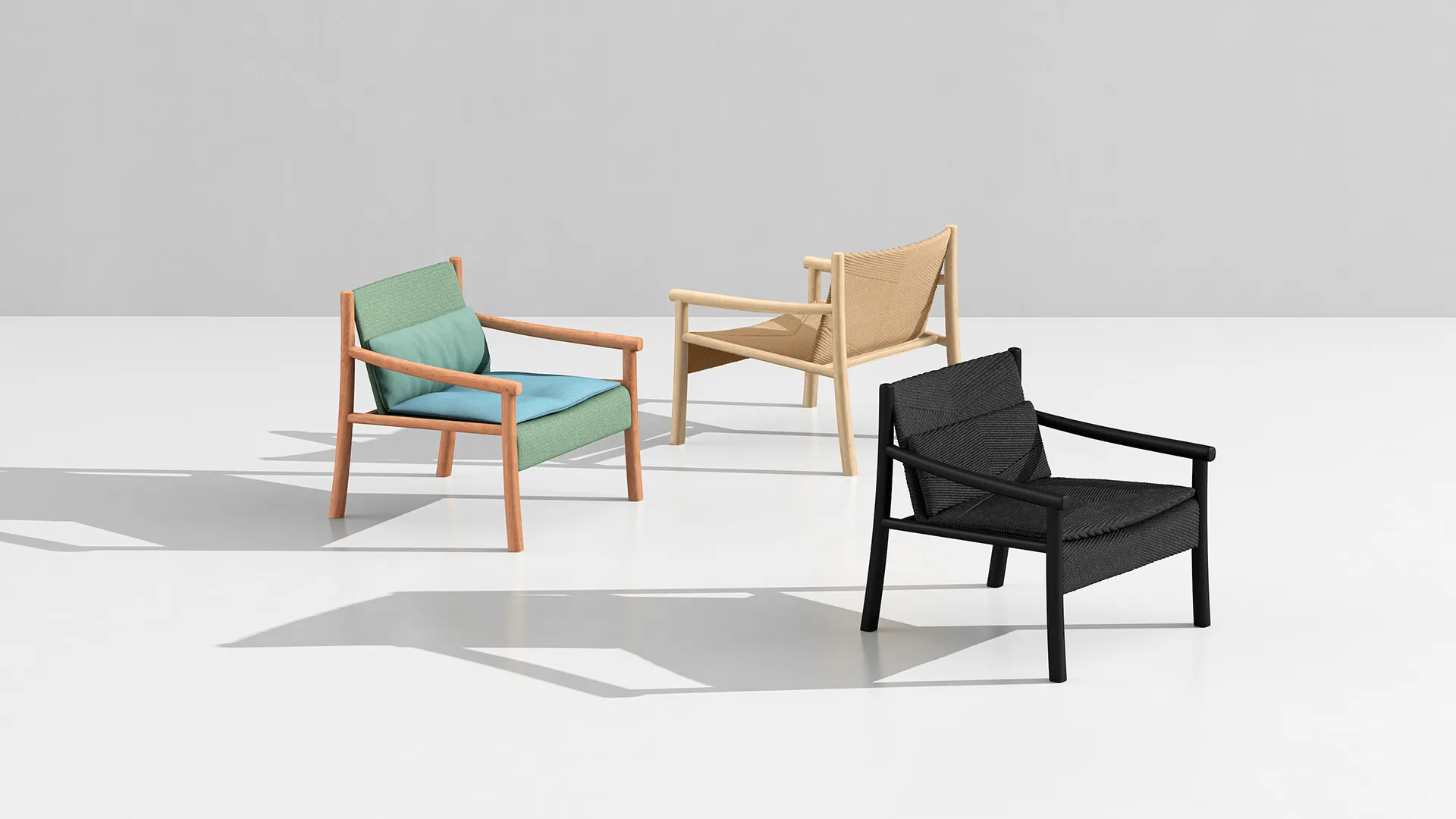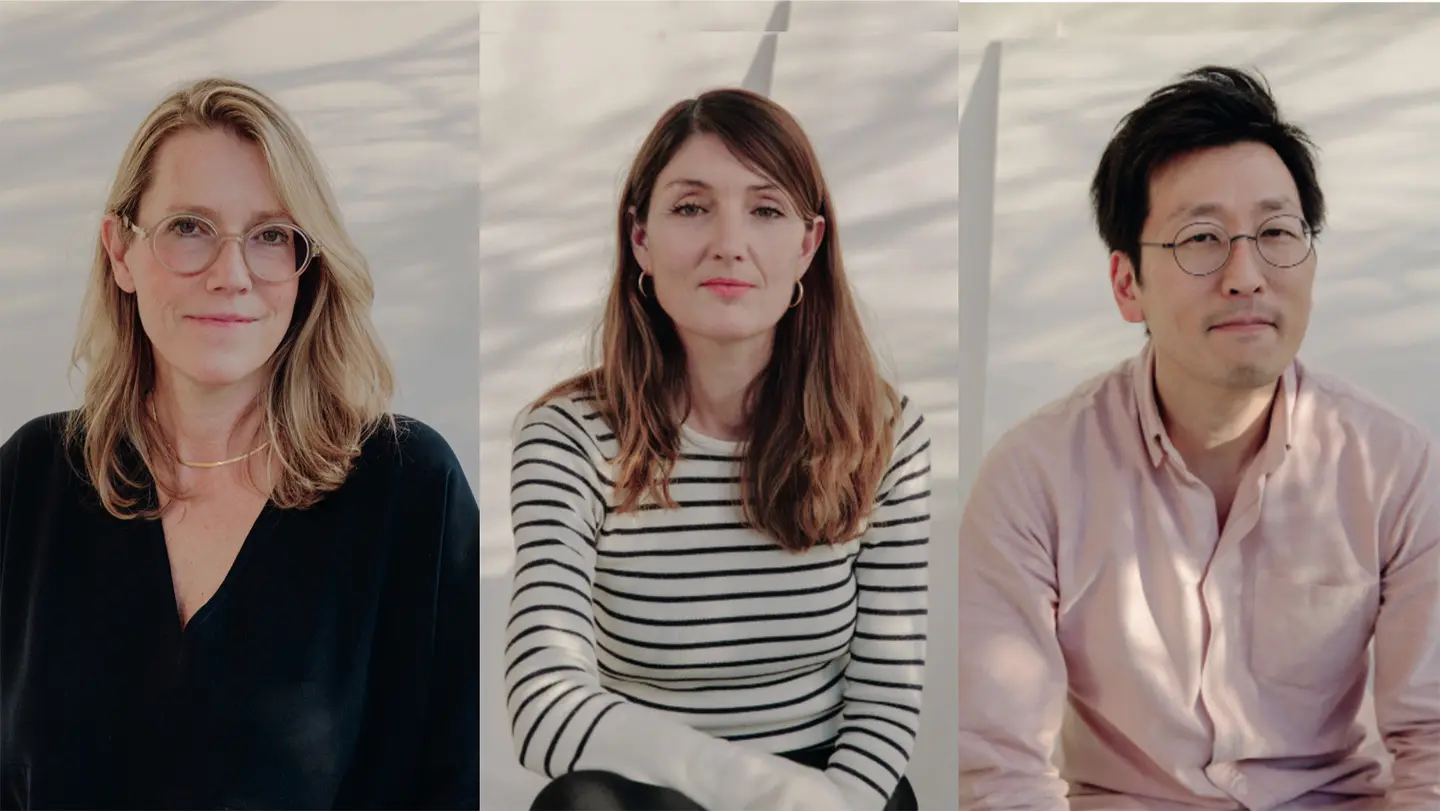In partnership with MiCodmc, a selection of establishments ripe for discovery during the 63rd edition of the Salone del Mobile.Milano, from 8th to 13th April

Kata is the brand’s first lounge chair, fitting seamlessly into its surroundings and, while evoking traditional codes, is outward-looking, new and effervescent, expressing all its character and originality to the full.
Light in shape and delicate in relation to its surroundings, Kata rests on principles of sustainability, through a design that looks to the circular economy. Arper’s first solid wood lounge chair, Kata is reminiscent of traditional wood and woven straw chairs, reinterpreted through contemporary and sustainable solutions. Kata blends warmth and graphic purity, in a juxtaposition of spatial presence and minimal profile, in a balance of strength and delicacy, tradition and technology.
When we started to work on this collection 3 years ago, we had in mind both visual and technical starting points. On the one hand, looking at the products in the Arper catalogue, we wanted to introduce more material diversity. We wanted to introduce materials with a natural, artisan feel, such as wood and natural fibers. We also felt there was an opening for a more lightweight approach to the lounge chair. On the other hand, our studio is very interested in both sustainability and a softer interpretation of technology. We saw an opportunity to reconsider 3D knit technology that is used in applications like sneakers and office chairs, but from a completely different aesthetic angle. We wanted to take this technology and reinterpret it, not in its typical use – plastic, high tech, synthetic, bold, and sporty – but in a way that combined high tech materials with an artisan feel.
Shape and material expression were designed and developed in parallel because they have the same visual weight – both need to be carefully balanced. The wood structure is easier to control, but the development of the 3D knit in post-consumer polyester is quite a long and complex process, because it requires many different variations, samples, and tests, both of the textures and also of the threads and colors. To heighten the natural aesthetic of the knit, we twisted two colors of the threads in order to obtain more natural, irregular tones. The color mixing created subtle changes and variations that were very important to the overall design, but also that needed to be experienced in person. The company who develops the 3D knit, Arper and our studio are all located in different countries. You can imagine that, especially in the time of Covid-19, it was quite challenging to manage the testing and sampling process to develop this unique textile.
We developed two different patterns of the 3D knit. One is expressive, with a strong texture that recalls in a graphic, contemporary way the straw weaving of traditional wooden chairs that you can find from the Mediterranean area to Scandinavia. It is crafted in a way that it creates the feeling of a padded filling, but which is made of the same process and material as the 3D knit.
To allow for the interplay of colors that Arper is so well known for, we also developed another texture that serves as a more neutral and thinner option and can be easily combined with cushions finished in the fabrics of Arper’s collection.
Kata was the first project we developed as Altherr Désile Park, although it was not the first project launched because of the long development. For us, it connects all fields in which we are particularly interested in: a thoughtful circular design using waste as raw material, without compromising on Beauty; Soft Technology used in service of wellbeing through its color and tactile qualities; a link between pre-industrial artisanship and contemporary industry.
As an example of “slow design" that is less but better: lightweight and circular in all aspects, from the design itself to its material, transport, packaging, second life, and recycling at the end of its life – up to a very transparent and didactic explication. It is ambitious but thought for real life: nor just technical, nor an artistic design manifesto that people can’t use. Beside the pleasure it gives, by carefully explaining the reasoning behind each element, we hope it helps people become more aware of the level of complexity that interplays in all aspects.

Jeannette Altherr, Delphine Désile e Dennis Park


 Stories
Stories










